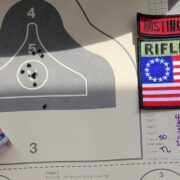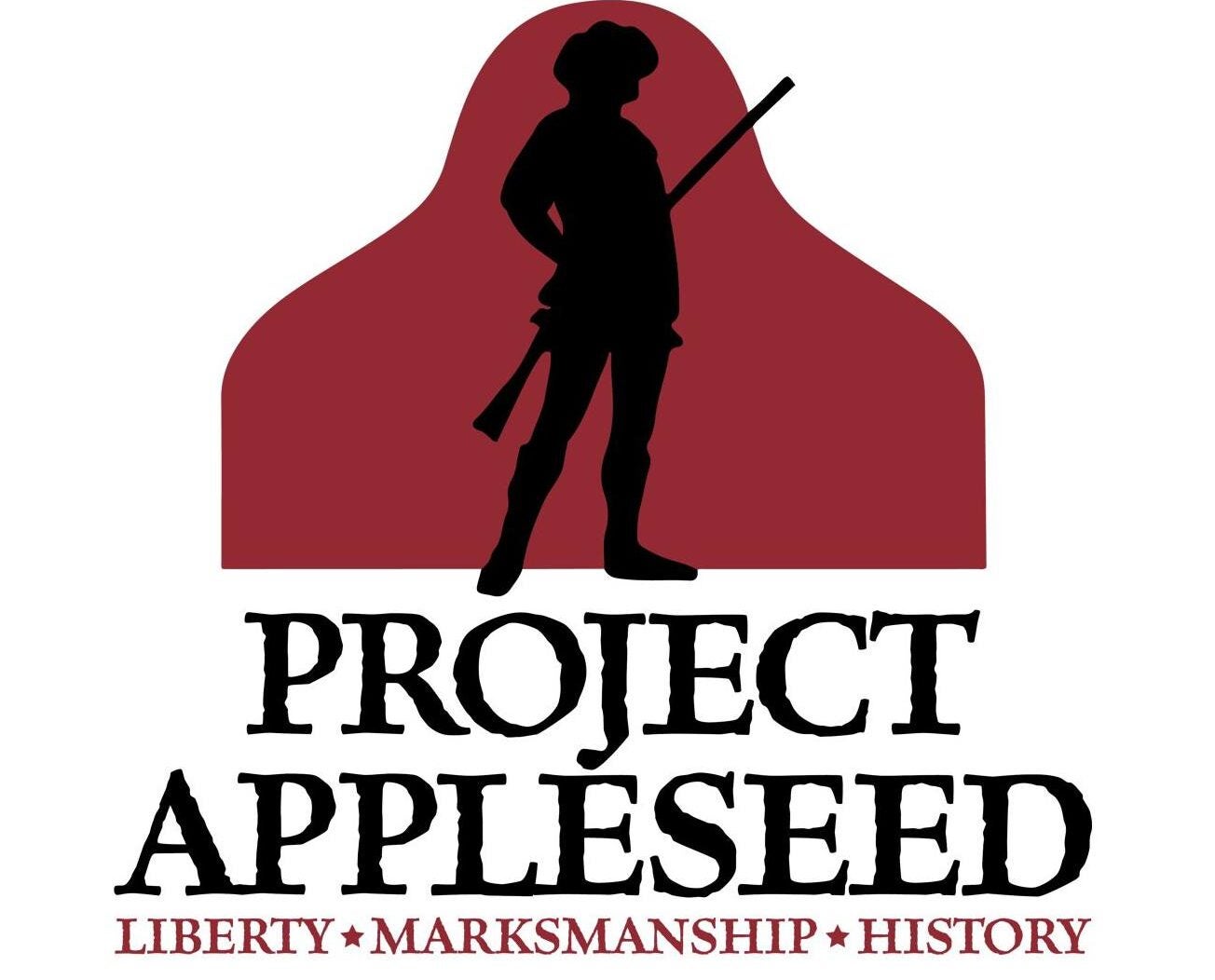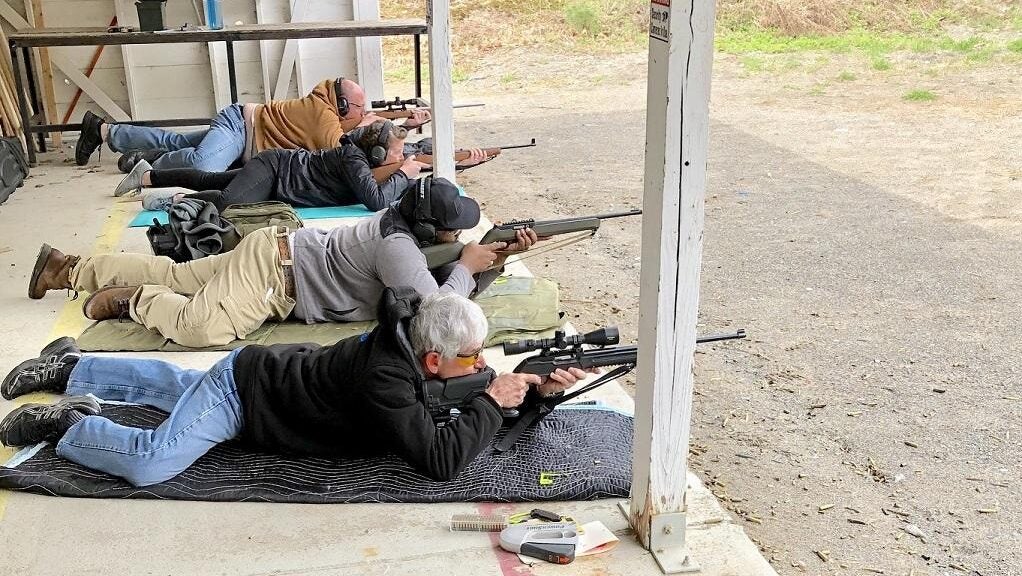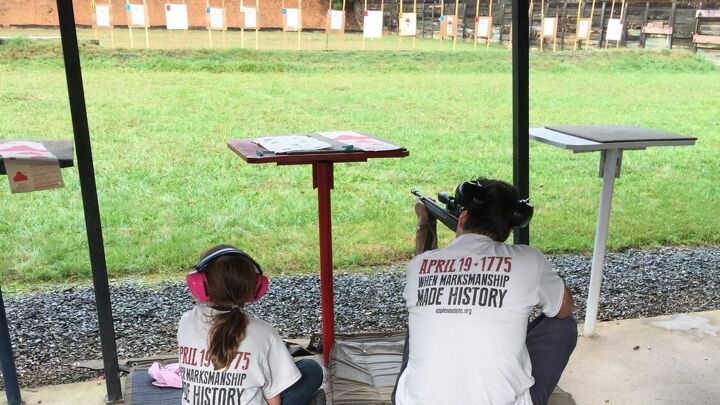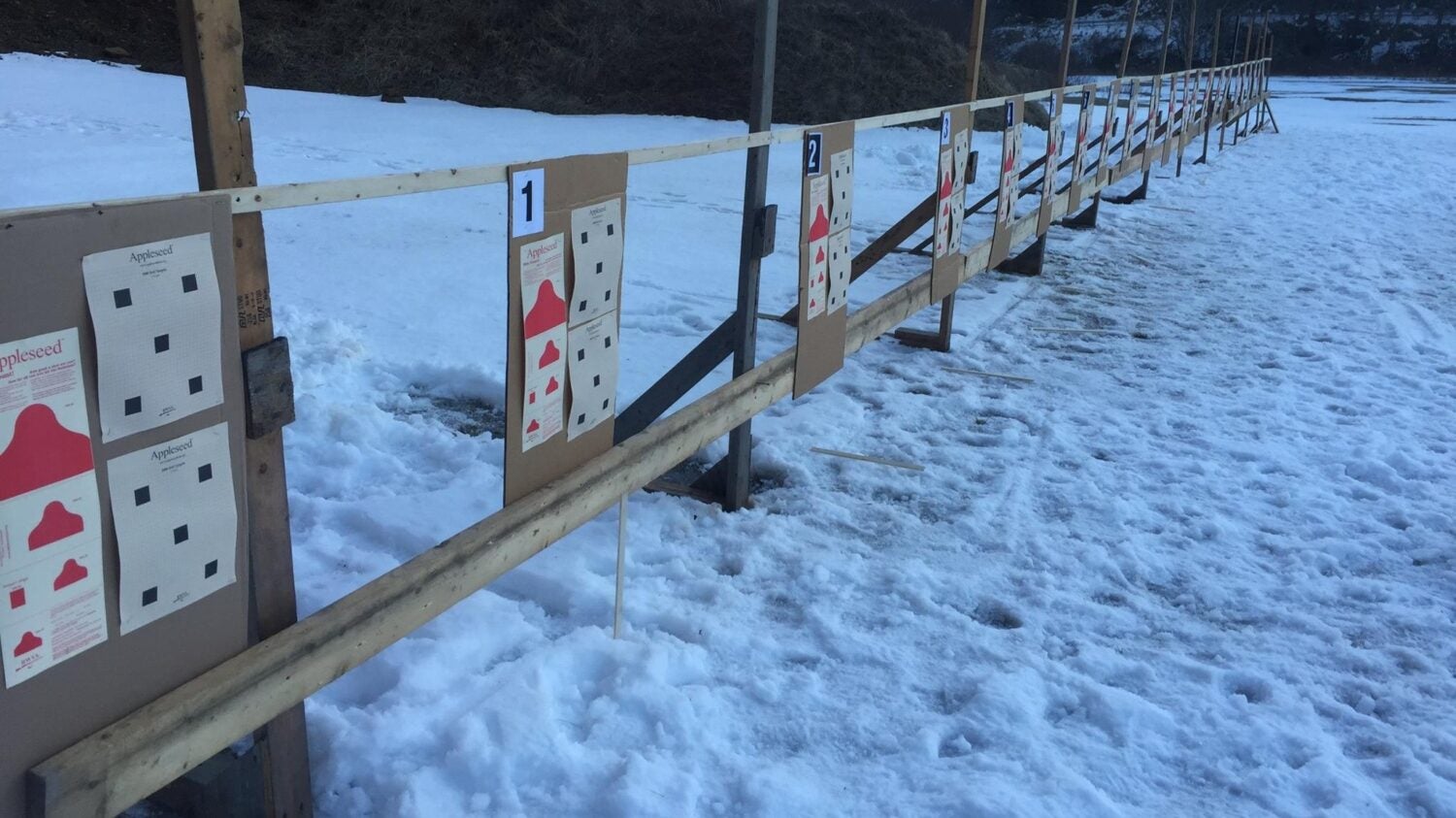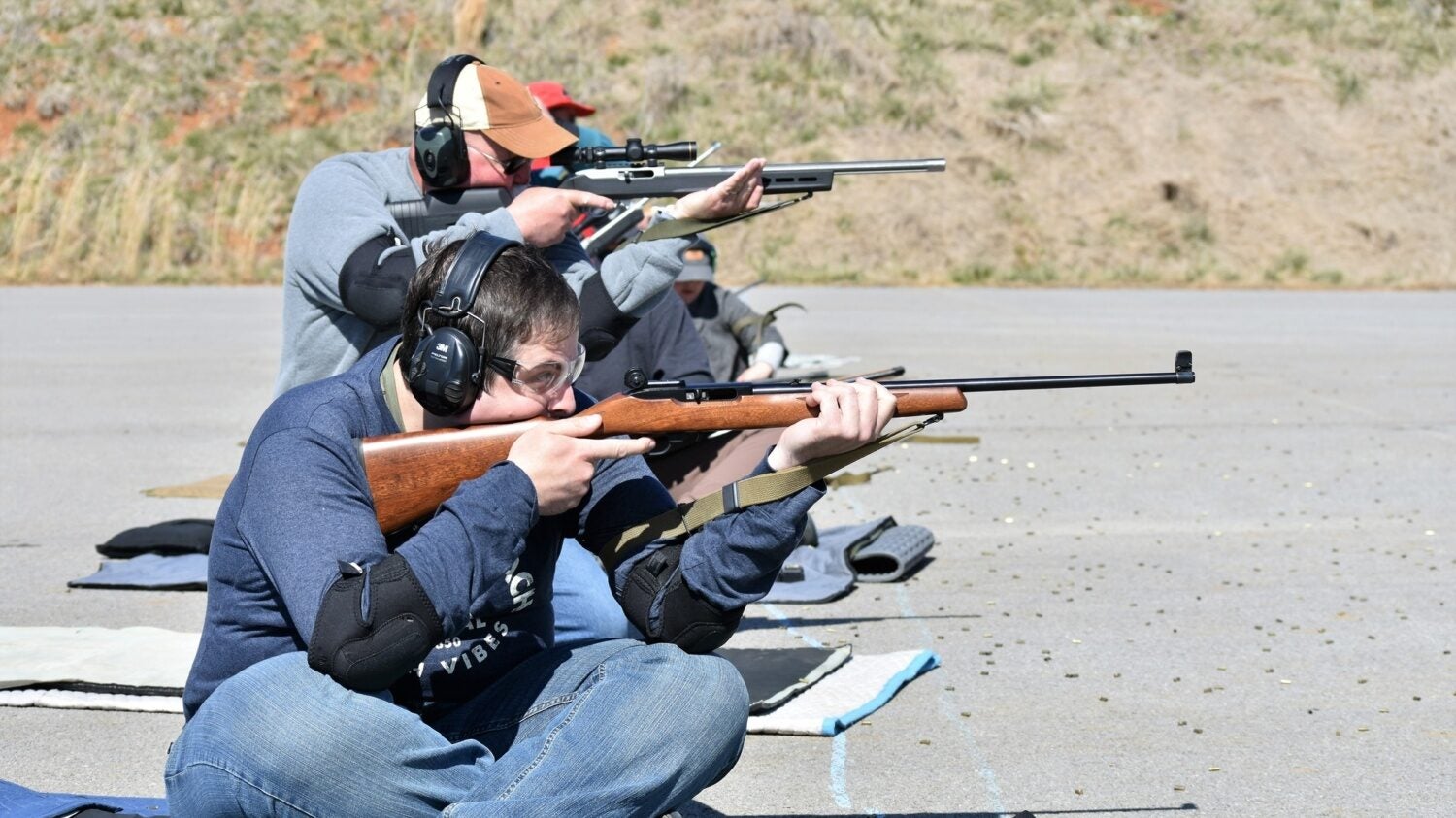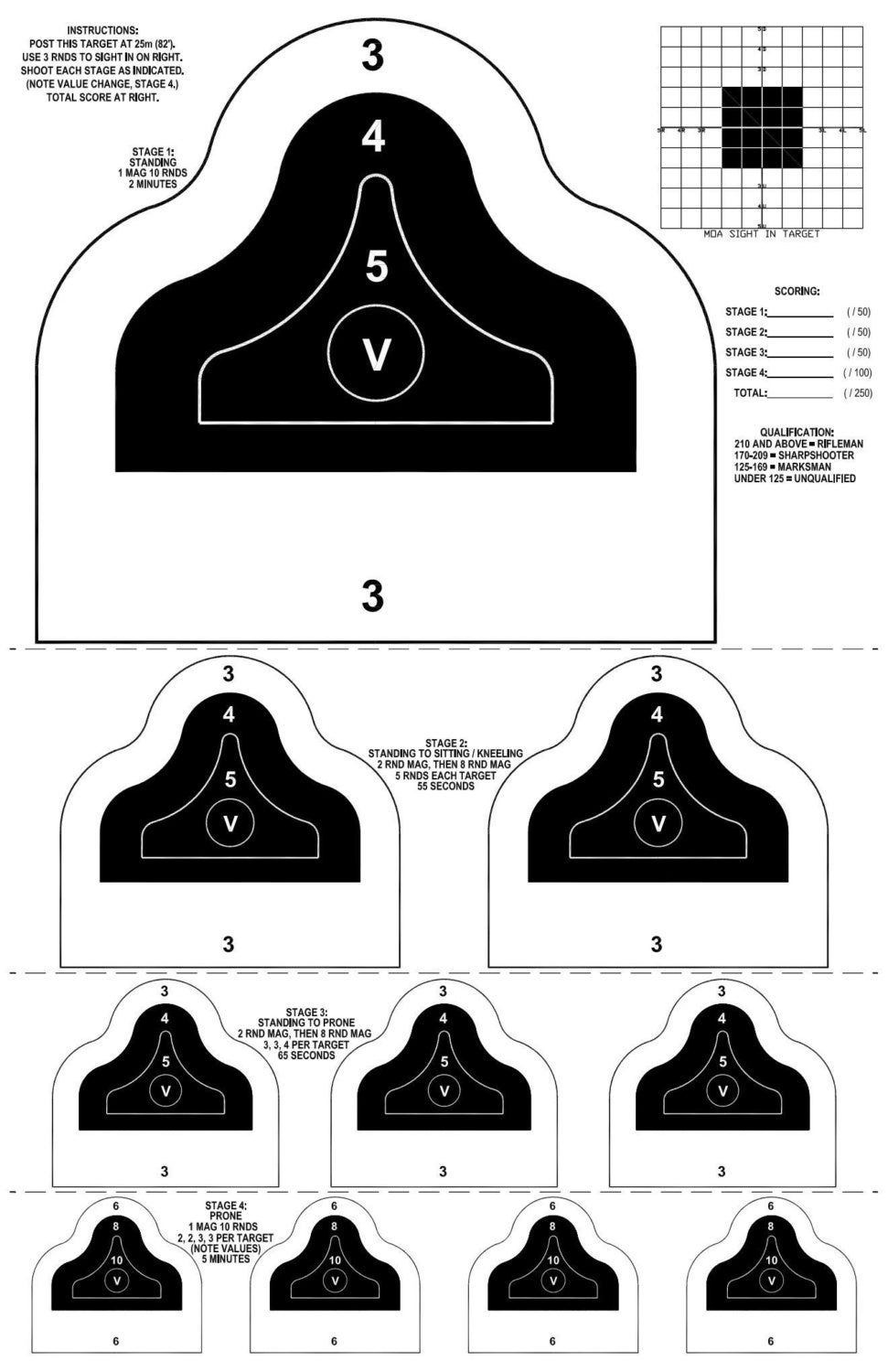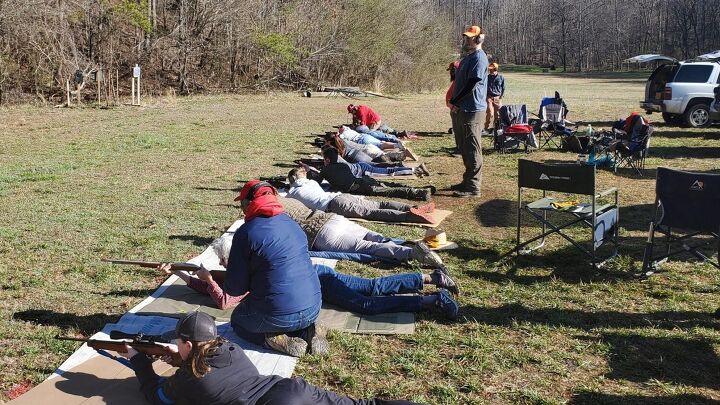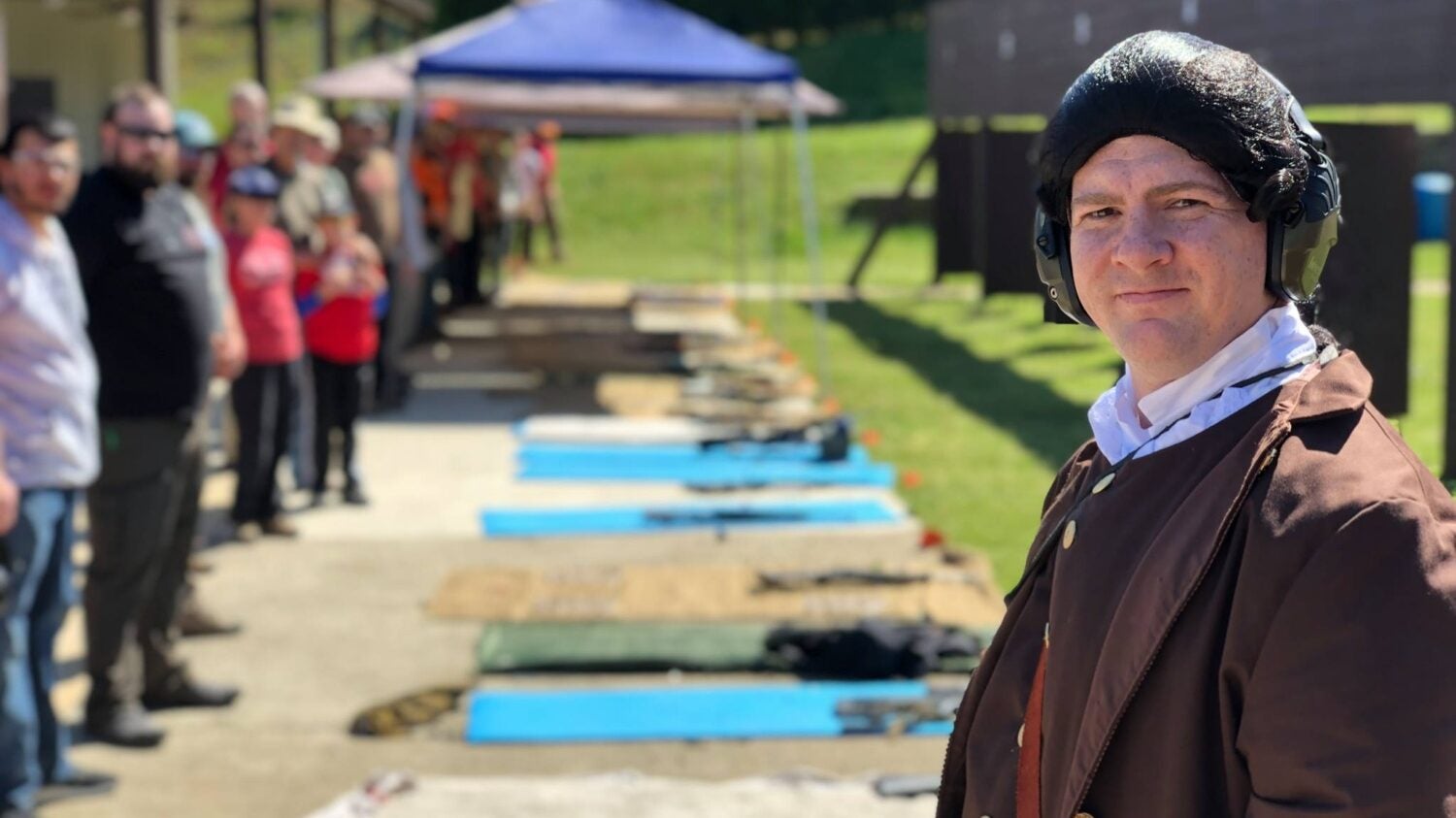Hello and welcome back to another edition of The Rimfire Report! This ongoing series is all about the rimfire firearm world and its many types of guns, ammunition types, and history! Today we will be discussing a program that has taught thousands of Americans the basics of rifle marksmanship with not only centerfire rifles but more affordable and more accessible rimfire firearms like the 10/22. What we’re talking about today is Project Appleseed. Project Appleseed is a non-profit instructional program with the aim of training the civilian population with basic marksmanship fundamentals through various clinics and events put on throughout the country. Today we’ll explain the origins of the Appleseed Project, and some of the pertinent information surrounding the rules, and practices of participating in a clinic itself.
More Rimfire Report @ TFB:
Project Appleseed was borne from one man’s desire to bring the basics of marksmanship to the entire country in a similar fashion to how Johnny Appleseed (John Chapman) traveled the country proliferating the growth of apple trees. Jack Dailey – a writer for Shotgun News wrote under the pseudonym “Fred.” Fred initially discussed the ideas of civilian marksmanship in his advertisements for his Surplus M14 stocks which ran alongside shorter commentaries. It was from these short commentaries that the Appleseed Project was born in 2006 and has since grown into a nationwide program run by The Revolutionary War Veterans Association (RWVA), and also affiliated with the Civilian Marksmanship Program. By extension, this means that members of the RWVA have the ability to purchase CMP firearms.
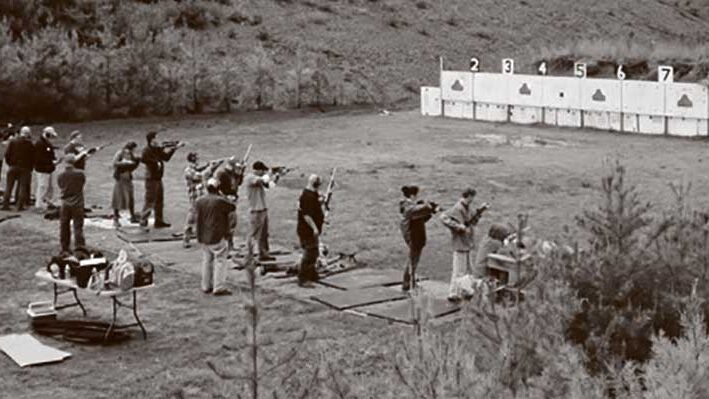

Project Appleseed Instructors at a Qualification Course known as the AQT
During the initial organization of the program, participants primarily focused on the use of the M14/M1a and M1 Garand rifles – common service issue rifles that virtually any G.I. would be familiar with. However, centerfire rifle ammunition is expensive as are the rifles that are used to shoot them. That is why today’s modern Project Appleseed students mostly use semi-automatic 22LR rifles as they are more affordable and also open up participation to younger or less experienced shooters. In addition to the shooting portion of Project Appleseed, clinics also include a presentation on the events leading up to the start of the American Revolutionary War, with a heavy emphasis on key battles that took place at Lexington, and Concord.
Clinics put on by Project Appleseed can vary based on how much time and money you’re willing to put into the event. Typically a one-day event for an adult runs at $60, but longer 2 or 3-day clinics don’t scale with cost and are actually more valuable for the time you’re getting in training with a 3-day clinic only requiring an additional $40 to participate in. Project Appleseed now also offers half-day clinics and even pistol clinics which are all taught by qualified volunteer instructors who have to attend a required instructors boot camp every 12-18 months and passed the instructor’s qualifications – Instructor Boot Camps are not only open to adults and youths but are also free to sign up for.
Making Marksmanship Affordable
As we talked about earlier, while the program may have started off with a heavy emphasis on previous generations’ service weapons, most modern Appleseed clinics can be attended and are often most attended by people with affordable semi-automatic 22LR rifles. However, if you by chance happen to have a full-auto M14 on hand, you’re more than welcome to come to an Appleseed clinic with it according to their rifle requirements.
Rifle Requirements
1. Legal fully automatic rifles are welcome in our classes so long as they are only used in semi-automatic mode.2. Legal suppressors (also known as silencers) are welcome in our classes.3. Legal short barreled rifles (SBRs) may be permitted on our lines at the discretion of the event Shoot Boss.4. Pistol Caliber Carbines chambered up to 45ACP are permitted at our 25m events.5. Pistol Caliber Carbines are unsuitable and not authorized for any Known Distance Event.6. AR15-type pistols (with or without stabilizing brace) are NOT permitted in our rifle classes.
In addition to the short list of requirements listed there, participants may also choose to mount optics whether they are magnified or not, it’s not uncommon to see someone with a 10/22 dressed up like an M14 from the movie Black Hawk Down. Other required equipment includes about 250 rounds of ammunition for either the 25m event or the Rimfire Known Distance event for one day (basically double the amount of ammunition for each additional day). Participants are also required to bring at least two magazines for their rifles as well as a USGI-style cotton web sling. Any of the equipment you need can actually be found on the Project Appleseed Store.
Something worth noting is that Project Appleseed has taken it upon itself to research specific rifles and even cartridges that are subject to slightly different requirements to be used within the class – both are rimfire specific. In one case, students who want to use a Smith & Wesson M&P 15-22 are warned to double-check that their rifle complies with the Safety Bulletin issued by S&W around 2019. Another specific example is that semi-auto .17 HMR rifles are allowed but NOT recommended by Project Appleseed due to another firearms safety bulletin. If you choose to use either the .17 HMR cartridge or an M&P 15-22 rifle, you’ll have to sign an additional liability waiver.
What To Expect at A Rifleman Qualification Shoot
If you want to graduate from “Cook” to “Rifleman,” (a cook is what Jack Dailey would call an untrained rifleman), you’ll have to pass the rifleman’s qualification shoot. This 25-meter rifle shoot takes place in four stages at a fixed distance to the target, but with a simulated target that has man-sized targets scaled for distances out to about 400 yards. Each course of fire is timed and prescribed an allowed number of shots, magazine changes, and positions you must start and shoot in. A simple breakdown is below:
- Stage 1: One simulated 100-yard target, one mag, 10 rounds, 2 minutes, firing from standing.
- Stage 2: Two simulated 200-yard targets; mags of 2 and 8, 5 and 5 in the targets, 55 seconds, start standing, shoot seated or kneeling.
- Stage 3: Three simulated 300-yard targets, mags of 2 and 8, 3 3 4 in the targets, 65 seconds, start standing, shoot prone.
- Stage 4: Four simulated 400-yard targets, one mag, 10 rounds, 2 2 3 3 in the targets, 5 minutes, shoot prone (this stage counts double).
If all that seems too confusing to remember, then don’t worry, not only will you be walked through each course of fire by each “Shoot Boss,” each of these 25-meter targets has the instructions clearly printed on it.
In order to graduate from a Cook to a Rifleman you must have a minimum score of 210 or above which is the “expert” qualification and as a result, you’ll earn your rifleman patch. There are two other qualifications for “Sharpshooter” with a score of between 170 and 209, and “Marksman” with a score between 125 and 169. Anything scored less than 125 keeps you as “unqualified” aka a “Cook.”
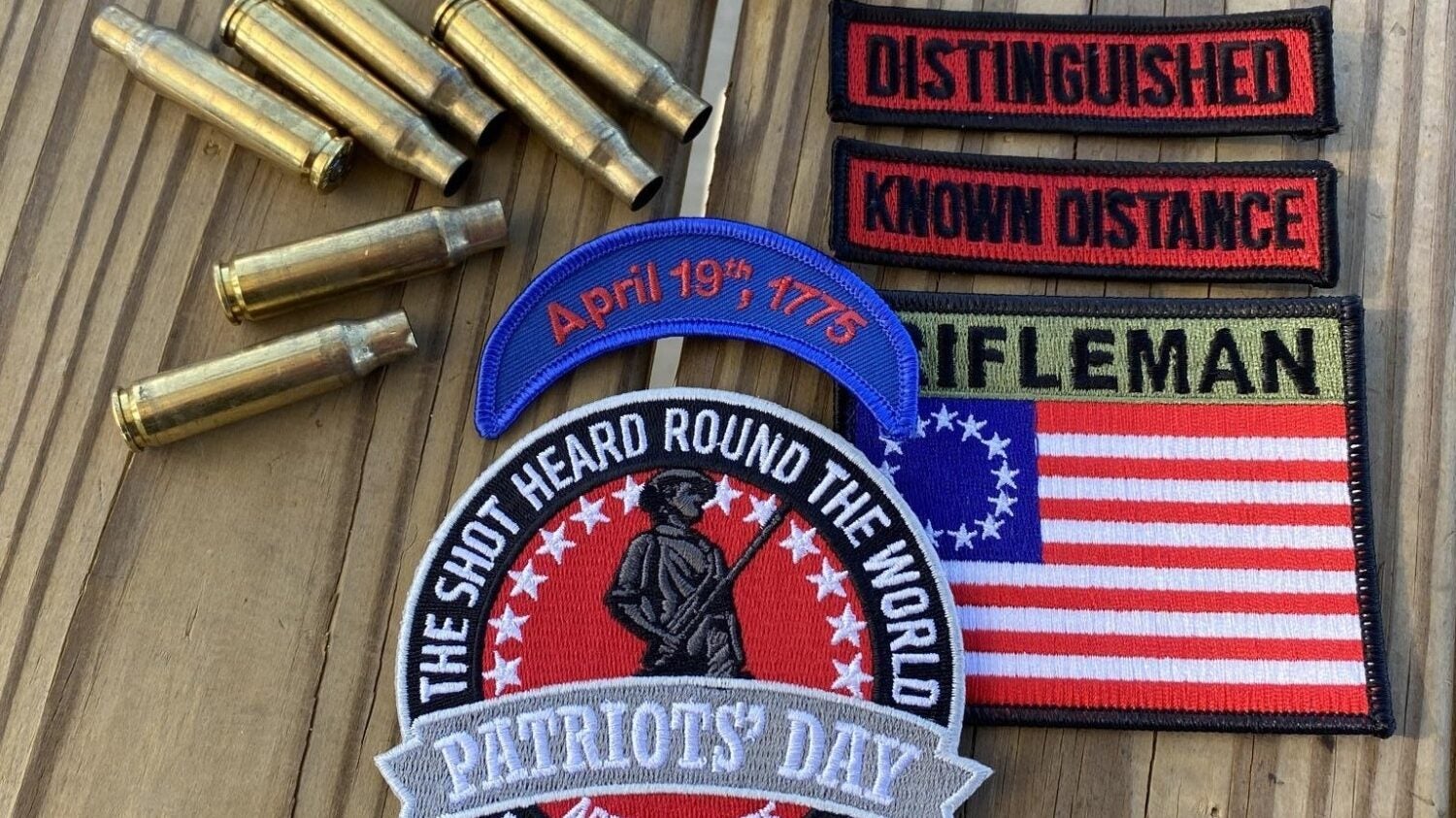

An example of the patches offered to qualifying participants during an Appleseed event.
Give It A Try!
If this sounds both fun and educational to you, then you and I are in the same boat. Attending is a simple matter of bringing the correct equipment, and then signing up to attend an event! I’ve found that Appleseed Matches are much more common in the North Eastern United States as well as Texas where there are at least a handful of events to choose from each month in different cities. Out here in Oregon, there aren’t any Appleseed Rifleman Qualifications being put on yet, but the plan here in the next couple of weeks is to attempt the qualification on my own with a few friends, and see how our skills with a 10/22 stack up against Project Appleseed’s qualifications for a “Rifleman.”
As always, I’d like to hear from you guys. Have you ever participated in a Project Appleseed event and if so what have your experiences been like and would you recommend that others attend a clinic or even a qualification event? Let us know in the comments and thanks as always for stopping by to read The Rimfire Report! We’ll see you all next week!
All information, references, and photos for this article were obtained from Project Appleseed, for a complete list of info about the organization you can visit their website https://appleseedinfo.org/.


